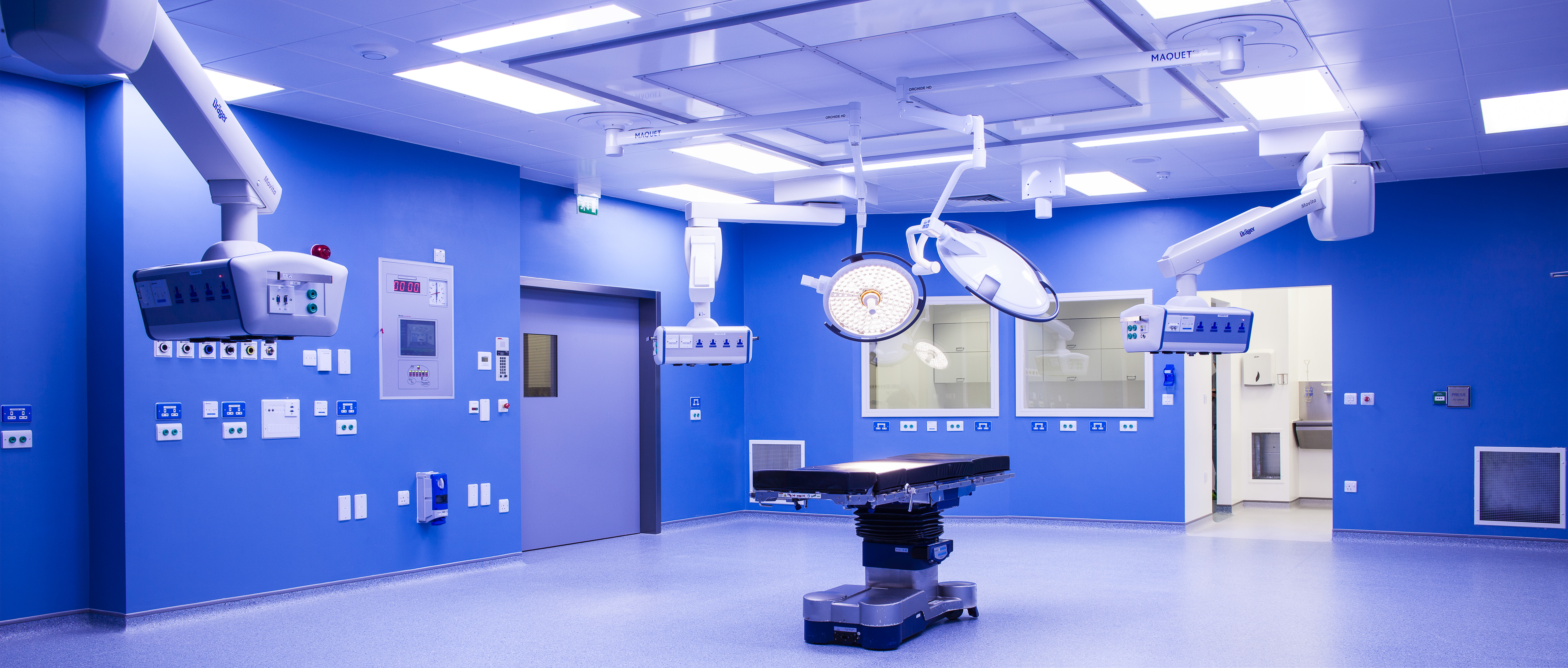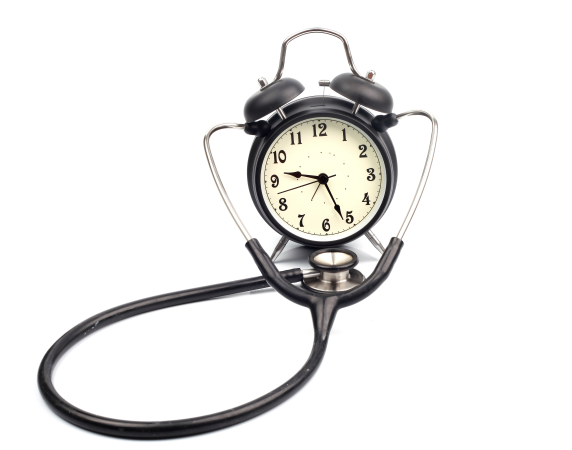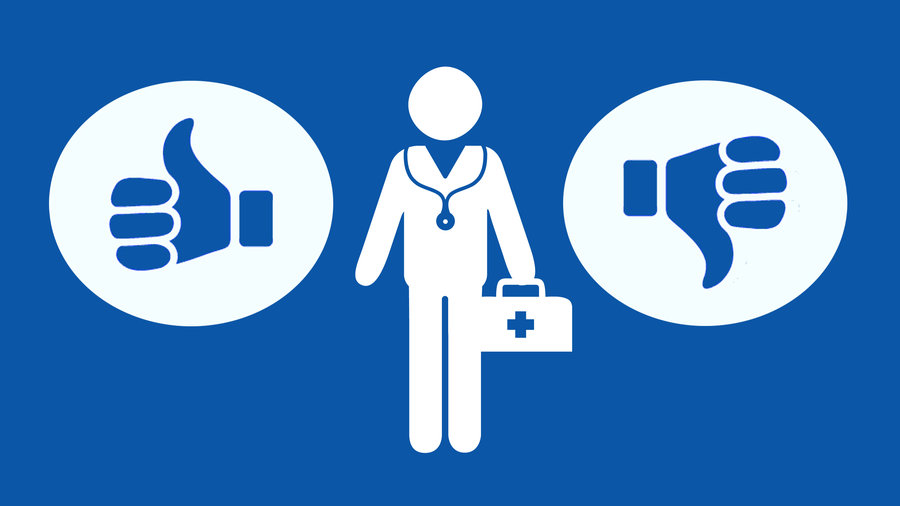Emerging IT Trends in Healthcare
Healthcare is, in fact, an industry where innovative technologies can work incredibly to transform the way we give and receive healthcare services. But the industry has always been one of those sectors burdened by slow moving innovation, due to the complexity of its tasks, process and formalities. The good news is that, the industry has finally geared up over the last few years since its perfect marriage with technology, and today’s healthcare sector is gradually becoming a consumer-focused industry. There is no doubt that we have entered the period of healthcare consumerism, and people are becoming more and more active in deciding, purchasing, and understanding the healthcare provided. But an average healthcare customer is still unaware of the different technologies, its possibilities and the range of choices in the area.
By 2020, there will be 21% increase in IT jobs in the healthcare industry
It doesn’t come as a surprise as we are already witnessing signs as to how technology is creeping into the medical field in different forms. How uncommon is it nowadays to see your doctor or consultant taking down notes or storing your medical records electronically through his iPad or smartphone? It’s common sight, right? And how frequently can you spot hi-tech hospitals without new artificial hearts or electronic aspirin nowadays?
So, what ways will you see technology changing healthcare in coming years? Here’s where the medical field is headed in 2016:
Wearables and digital technologies to monitor your health:
Forget going to clinics, consult your doctors online!
Beginning with CES 2016, we’ll see more of life-saving wearable, smart garments, 3D printers, next-gen fitness trackers that monitor and track our health (heart rate, breathing, calories count, activity level and more) in real time, display it on our smart phones/smart devices and even share it with medical practitioners who can virtually monitor and help high-risk patients. Dr. Rafael Grossmann, the healthcare futurist was the first to use Google Glass in a live surgery on June 20, 2013. S-patch, for instance, is a recent prototype device showcased by Samsung during CES 2016 that holds the compact Bio-Processor chip capable of measuring ECG, GSR, PPG, skin temperatures and body fat.
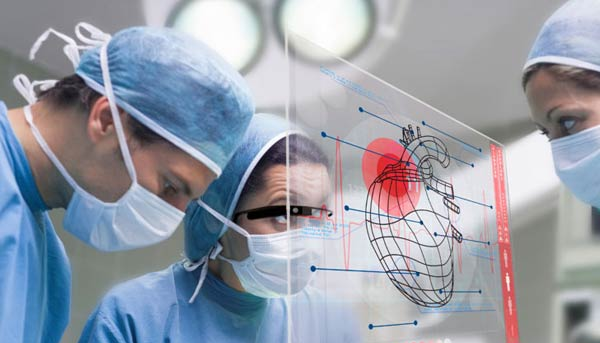
Digital technologies on the rise
Healthcare digital technologies like telemedicine (providing clinical health care virtually, using technologies and telecommunication), hybrid operation theatres, portal technology, patient-bedside clinical equipment, artificial intelligence and video conferencing will make the sector more efficient, time-saving, cost-effective and easy. Imagine having your doubts or questions on health care getting cleared instantly by top doctors just in a jiffy through mobile apps, not having to spend time, money and effort for traveling to clinics. The virtual visits are increasingly getting adopted in the field. 2.8million patients used home monitoring systems in 2012 that can remotely monitor patients’ health to take necessary actions during medical urgencies, reducing the unnecessary visits to physician’s clinics, hospitalization charges and other costs.
Consolidated patient information through Electronic health records!
Previously hospitals had separate systems functioning in their pharmacies, order checking, documentations, and consultation. Patient information were stored in different places, in various formats and managed by different parties. It was tough for doctors to use this scattered information for providing effective service, unless it is consolidated into a centralized, standardized, usable data stream. Today, more hospitals are integrating the different systems to a single consolidated platform that is more structured, quick, and easily available to authorities, making the whole process centralized and efficient. Over 66% physicians are already using electronic records globally.
Tech will catalyze drastic system-wide cost savings and efficiencies
With the present lifestyle creating more and more health problems, the current system will face enormous demand shock due to shortage of doctors. This will put more demand on doctors’ resources and time and they will be forced to manage patients based on urgency, severity and available capacity. Technologies like, alerts, automated follow-ups, Smart consolidated dashboards, synchronous and asynchronous communication, reports, and data sharing will become doctors’ unavoidable tools to manage large number of patients simultaneously.
Transparent grading for doctors
How have we been selecting a doctor till today? Mostly by word-of-mouth referral, consumer reviews or hospital staff’s disposition. This will change, in coming years we’ll see doctors rating each other based on competence. Consumers will be able to see the scores for doctors, allotted based on their professional reputation, impact of their researches or academic publication, the number of patients who have been referred to them, their experience and the like. Consumers will get to assess the capability scores of the different doctors and choose the best service.
Bringing the “care” back to Healthcare
Today’s savvy consumers are empowered, and likely do their homework about the care they should receive and thus have a clear idea of the health care services around them. They demand transparent, clear, and simplified details on quality of service, providers and prices. This will force the healthcare industry to provide better services, discover and address patient preferences more meticulously.
Out of the $1.8trillion spent on healthcare in US annually, $500billion is for doctor-patient visits alone that involve no actual procedures or require prescriptions. If technology can virtually serve such patients well, this cost can be dropped by $125 billion dramatically. The healthcare consumerism has this potential to improve the communication and sharing between patients and clinicians enabling improved shared decision making. However, how well the clinicians and patients will balance it between them will be a challenge to be focused while the consumerism grows. For the era of healthcare consumerism to take hold, many of these basic challenges will have to be quickly addressed.
Are you a healthcare professional with a technology challenge? Get more advice from our technology experts on how technology can address your healthcare challenges to build a better organization that will thrive.
Stay up to date on what's new

Recommended Posts

10 May 2016
Can You Find Data Privacy in the Internet of Things Era?
By now, we all know that we are living in the midst of billions of devices and machines that are connected to the internet and to each other. Need more……
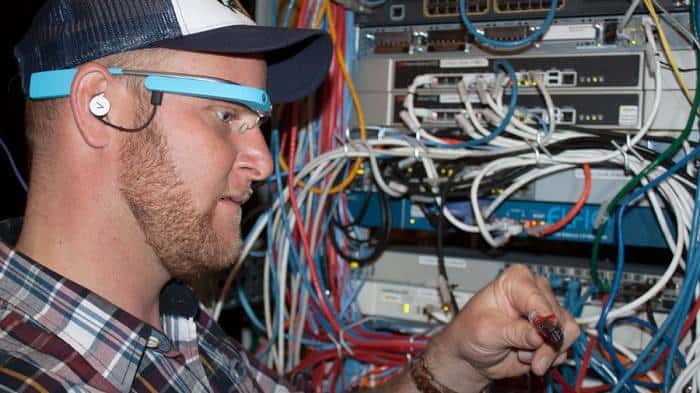
11 Feb 2016
How are IoT and Wearables Changing Field Service Automation?
At this point, due to several years of rapid technological advancement, we can safely estimate that there are billions of connected devices, and that number is increasing with each passing……
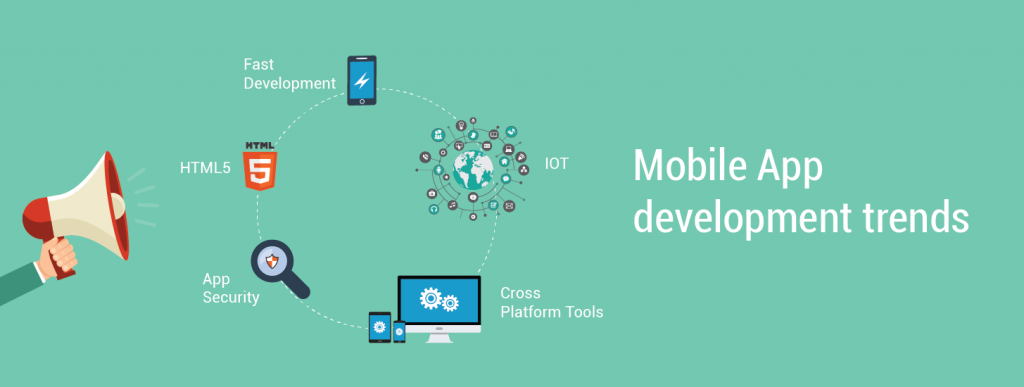
09 Feb 2016 Healthcare
Top Mobile App Development Trends That Will Rule 2024 and Beyond
We have seen the rise of certain revolutionary technologies over the past few years, like the IoT, Cloud computing and Big Data, bringing breakneck transformations throughout every industry. Being one……
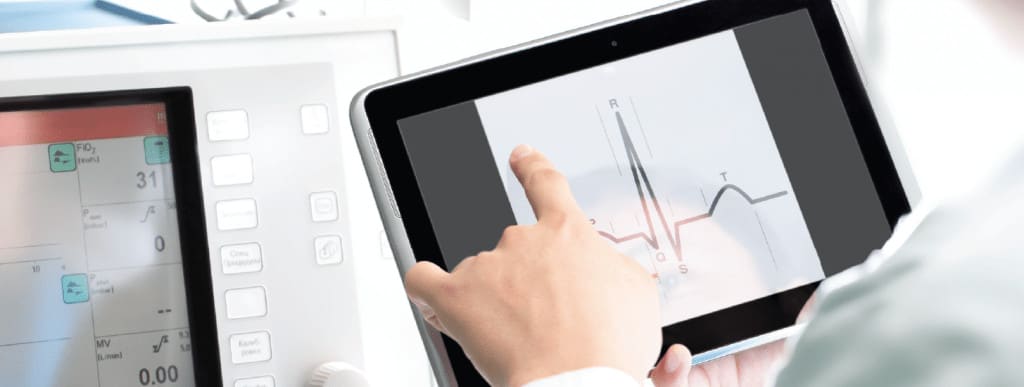
12 Jan 2016 Healthcare
Top 5 Technology Trends Driving the Growth of Healthcare
What aspect of our lives has technology not influenced right? We literally have almost everything in our lives automated and at our convenience, from home delivered groceries to mobile banking……
Featured Blogs
Stay up to date on
what's new



